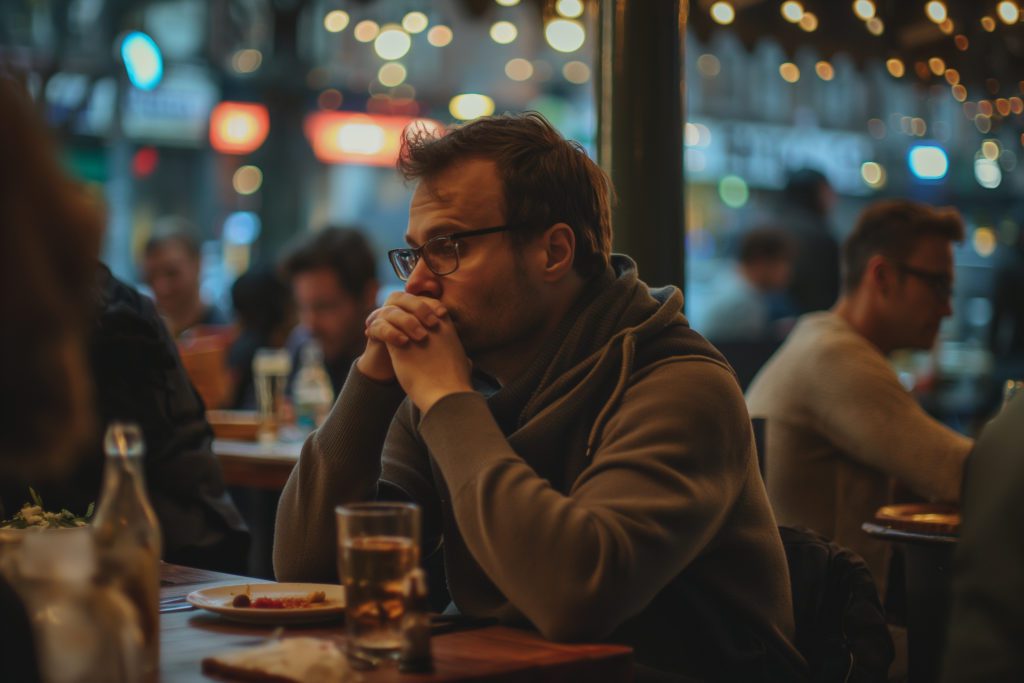
Are Coffee Naps Bad for You? Here’s what you need to know.
Discover what a coffee nap is, what research says about its benefits, and tips to help you have a successful coffee nap and beat the afternoon slump.

As the name suggests, a coffee nap refers to the intermingling of coffee with a nap. That can seem odd, since we usually drink coffee to wake up, not fall asleep, but as counterintuitive as it may appear, there’s a reason for this combination.
Studies have shown that following coffee with a brief nap can help increase alertness and mental acuity, offering the boost your brain needs to power through the afternoon. When done correctly, a coffee nap can be better for you than a normal nap. However, timing is essential with a coffee nap to get the most benefits and to avoid messing with your nighttime sleep.
In this article, we will investigate coffee naps, wade through the available research to see what makes them effective, and determine if coffee naps are something you should add to your day.
What Is a Coffee Nap?
Before getting into what the research shows, let’s first go over what a coffee nap is.
A coffee nap is the term used for a nap taken immediately after drinking a cup of coffee. These naps combine the ability of caffeine to wake you up with the restorative effects of napping.
Everyone who has ever had a cup of coffee knows that once the caffeine hits, you feel energized and more alert. This is thanks to the 100-200 mg of caffeine a cup of coffee generally has.
For those wondering how caffeine works: caffeine blocks adenosine, a messenger given off by the brain that makes you sleepy. As the day goes on, adenosine levels build, which leads to the sleepiness you feel at night. When you sleep, the brain clears out the adenosine, and the next day, the cycle starts over again.
However, caffeine and adenosine both want the same spots in the brain, meaning caffeine can block the function of adenosine, preventing sleepiness. The key to this, though, is that the adenosine can’t already be in position—once it’s in its seat, it’s not moving. Thus, a nap can clear out the adenosine, leaving room for caffeine.
What Are the Benefits of a Coffee Nap?
A 2021 study on the effects of caffeine and napping can provide more insight regarding what we can expect following a coffee nap. The study had the participants perform four test sessions: a placebo, a 20-minute nap opportunity, 5mg•kg-1 of caffeine (300-400mg of caffeine based on the participant’s weight), and the combination of caffeine and a 20-minute nap after partial sleep deprivation or a normal night of sleep.
The results showed that a coffee nap can offer the best of both scenarios.
Both caffeine and the 20-minute nap, individually and combined, improved reaction time in the participants. Even more, the reaction time was the best when combining the two.
Interestingly, after a partial night of sleep, only caffeine enhanced mood, with or without napping, and after a normal night of sleep, only a 20-minute nap enhanced mood and reduced sleepiness. By combining the two, you can expect both results, no matter how much sleep you received the night before.
Coffee naps may be particularly helpful for those who work the night shift, with one study showing that a combination of napping and caffeine is the most effective way to improve alertness and performance tests.
Is a Coffee Nap Better Than a Regular Nap?
Now comes the question: is a coffee nap better than a regular nap? The research suggests yes.
A 2021 study investigated how caffeine, a nap, or both affected the physical performance of athletes. The results showed that athletes who combined caffeine with a 20-minute nap fared better in sprinting tests than the participants who only took a nap.
This is, of course, one specific test performed (and most of us aren’t sprinting everyday) but it does show a benefit to a coffee nap versus a regular nap. Not only could the body move faster, but the brain was able to process these commands faster, something that we can all benefit from.
How to Take a Coffee Nap
Interested in taking a coffee nap after seeing the benefits it can provide? We have the steps you need to experience coffee nap success.
First, opt only for a nap in the afternoon, generally after lunch and not too close to bedtime.
Next up, choose your location. Ideally, find a dark and quiet room with a bed or comfortable chair, but even your car can work if you’re in a bind. As long as you can sleep without interruptions, it will work.
Once you have your location, it’s time to drink your coffee. Research generally focuses on the effects of 200 mg of caffeine, which you can get in a 12-oz cup of coffee or a double shot of espresso. Drink your coffee quickly—think chug, not sip—because you need to sleep before the caffeine effects kick in. If this is too hard with hot coffee, try it iced.
Once the coffee has all been drunk, immediately set a timer for 20 minutes and try to sleep. Don’t worry if you can’t fall asleep fully; even dozing can provide some benefits.
Here’s the key: when the timer goes off, get up and don’t hit snooze. Napping for longer than 30 minutes has you enter deep sleep, which can cause sleep inertia, or the grogginess and disorientation that you feel when waking up (like when you’re unsure of what time—or even day—it is). Sleep inertia is the opposite of what we’re looking for with a nap, so be sure to keep your nap to 20 minutes. More is not better, in this case.
Beat the Afternoon Slump with a Coffee Nap
Rather than try to power through the afternoon slump, a coffee nap can give you the energy and attention boost you need to continue with your day and keep up your productivity. Armed with a cup of coffee and 20 minutes without distraction, you can increase your performance and feel revitalized.
For more tips on making the most of your naps, Pillow offers a range of resources to enhance sleep quality.
FAQ
Can decaffeinated coffee be used for a coffee nap?
No, decaf coffee won’t work for a coffee nap because it contains little to no caffeine. The key to a coffee nap’s effectiveness is caffeine’s ability to block adenosine and enhance wakefulness. Without caffeine, the benefits of a coffee nap, such as increased alertness, won’t be experienced.
Can other caffeinated beverages be used for a coffee nap?
Yes, but effectiveness varies. Energy drinks and tea contain caffeine but may have slower absorption rates due to additional compounds. Green tea has less caffeine, while sodas may contain sugar, leading to energy crashes. Espresso or black coffee are the best choices for a quick, effective caffeine boost.
What is the best time of day to take a coffee nap?
The ideal time for a coffee nap is in the early afternoon, around 1–3 PM. This is when energy levels tend to dip naturally due to circadian rhythms. Taking a coffee nap at this time can prevent afternoon slumps without interfering with nighttime sleep, making it a great midday energy boost.
Can coffee naps help reduce sleep debt?
While coffee naps improve alertness, they don’t replace lost sleep. They can temporarily reduce the effects of sleep deprivation but don’t fully restore cognitive functions like deep sleep does. For those with chronic sleep debt, prioritizing a healthy sleep schedule is the best long-term solution.
Do coffee naps work for people with high caffeine tolerance?
Those with a high caffeine tolerance may experience reduced benefits from coffee naps. Since their bodies process caffeine more efficiently, its effects may not be as strong. However, they can still benefit from the nap itself, and adjusting caffeine intake by using stronger coffee could help.
How do coffee naps impact athletic performance?
Coffee naps can enhance athletic performance by boosting reaction time, focus, and endurance. Caffeine is already known to improve physical performance, and combining it with a short nap can further reduce fatigue. Many athletes use coffee naps before workouts or competitions for an extra energy boost.

Written by
Jessica G
Medical writer freelancer who has written hundreds of articles on varying topics. Masters of Engineering degree in Biomedical Engineering.
Download Pillow
Get help
Press & News
Legal
Connect
X (Twitter)
Company
Copyright © Neybox Digital Ltd.



